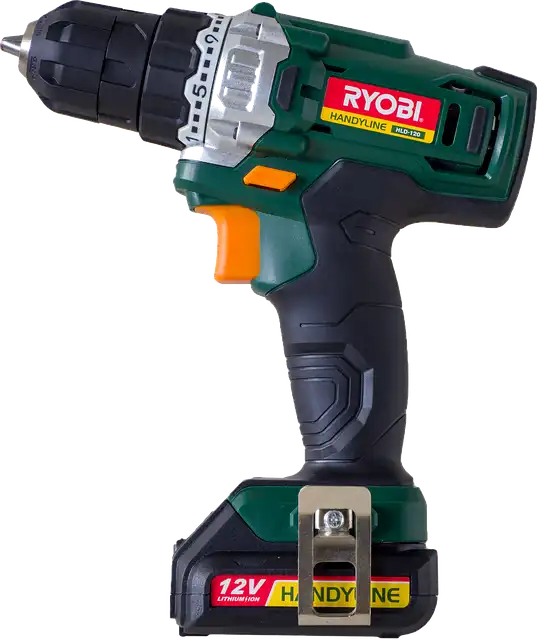EV Market: China’s Battery Dominance & GM’s Hydrogen Retreat

China dominates EV battery production. GM abandons hydrogen cars due to high costs and infrastructure issues, focusing on EVs. California sees strong EV adoption, fueled by tax credits.
However there are several obstacles to fostering– price, trustworthy accessibility to sustaining stations and technical maturity, simply among others barriers. The migraines the electric-vehicle space has are small in contrast.
California’s EV Adoption Surge
Simply as the EV tax credit report ran out, brand-new cars and truck buyers in California hurried to dealerships in order to make sure they didn’t miss out on out. The golden state reported that 29.1% of all brand-new cars and trucks signed up in Q3 were Zero Emissions Cars.
While hydrogen holds assurance for certain high-demand industrial applications like backup power, mining, and heavy trucking, the path to getting to a sustainable business in fuel cells is long and unpredictable.
Hydrogen’s Uncertain Future
We go to the factor where it deserves asking: can the rest of the world compete with China’s battery expertise? Or should nations like the U.S. that obstruct China’s batteries admit that allowing them in could assist cost effective EV manufacturing take hold? Let me understand your thoughts in the comments.
China’s major battery manufacturers currently manage greater than 73.5% of the EV battery market share. That’s an outrageous figure to consider– particularly when you take into consideration that just two companies make up almost 55% of that figure.
China’s Battery Market Control
While South Korea and other nations are completing, China is a magnificent pressure to take on when it comes to EV battery production. Or should nations like the United state that obstruct China’s batteries confess that enabling them in could assist budget-friendly EV production take hold?
, GM is saying that hydrogen tech is as well costly to create and the refueling terminals are too far and few in between (also in The golden state, where most car manufacturers are solely marketing FCEVs). It will certainly concentrate on the tech that makes sense rather.
It’s not an overall break up. GM claims that it will remain to collaborate with Honda on hydrogen for business applications (assume power generation for information centers), yet neglects any type of mention of lorry development. This tracks with Honda’s announcement from March that it developed its own next-gen fuel cell, which reportedly produces around two times as much power as the outward bound FCX device co-developed with GM.
GM Shifts Focus from Hydrogen
This implies the concentration of study and advancement initiatives, as well as financing, on EVs as an entire, plus batteries and billing technology. By concentrating its financing on EVs, GM is confessing that it sees BEVs as being existing in the sector for the long haul, even in spite of recent politically-fueled initiatives predicted to dampen the EV market starting this quarter.
GM is lastly confessing that hydrogen cars and trucks aren’t going mainstream anytime soon. The automaker announced on Friday that it’s formally disengaging on its next-generation hydrogen gas cell, pointing out high costs, framework and what it politely calls a “unsure and long” path to a sustainable service design. The scrapped prepare for the Hydrotec-branded cell for automobiles consists of axing a $55 million joint venture production center that was readied to be stood up in Detroit, which suggests cancelling a prepared 140 new tasks.
Welcome back to Vital Materials, your day-to-day summary for all things electric and tech in the automobile room. Also on deck: 2 of China’s battery manufacturers are responsible for more than half of all EV batteries and
Allow’s put that right into point of view. California, the incubator that birthed very early American sports car culture and once had smog so thick you could surf on it, has actually had a considerable EV development. In the three-month period in between July and September, one in every 4 new vehicles sold in California (25.4%) was an EV.
Gov. Gavin Newsom called it “unmatched” and stated that the number stands for the homeowners’ self-confidence in California’s EV facilities (California just recently announced that there are 201,180 public billing ports throughout the state in September). And while I make sure that assisted, allow’s be sincere– a lot of people merely didn’t wish to miss out on that particular pleasant, sweet $7,500 tax obligation credit score.
As Western automakers fight over tolls and try to browse an overly complex geopolitical minefield, China’s EV battery manufacturers are chugging ahead with progress. According to brand-new data from SNE Study, EV giants CATL and BYD are absolutely possessing the top 2 areas in the battery manufacturing race with their synergies representing half of all mounted EV battery capability on the planet from Q1 to Q3 2025.
EV Battery Giants Dominate
The Chinese battery giant preserved its position as the world’s top provider with a 36.8 percent market share throughout this period, staying the only battery company globally with over 30 percent market share.
By focusing its funding on EVs, GM is admitting that it sees BEVs as being present in the industry for the long haul, also regardless of current politically-fueled initiatives predicted to wet the EV market beginning this quarter.
Hydrogen fuel-cell power has been a relocating target for the auto industry for a long time. There aren’t several powertrain choices out there that spit out water as a result instead than hydrocarbon toxins.
It’s not brand-new that China is having the EV battery sector. In the three-month period in between July and September, one in every 4 brand-new autos marketed in The golden state (25.4%) was an EV.
It’s not new that China is possessing the EV battery sector. However, it’s worth mentioning the large price of development for both business year-over-year. CATL’s 254.5 Gigawatt-hours of battery storage space is a development rate of concerning 32% versus its 2024 result while BYD’s 124.8 GWh is a uptick of 50.3% YOY.
It must come as no surprise that several car manufacturers are calling gives up on the tech– at least in the meantime. General Motors is joining them now, pulling the plug on its next-gen hydrogen platform as questions develop concerning how sensible it remains in the short-term.
High costs and restricted hydrogen facilities in the U.S. has restricted consumer adoption of fuel cell-powered cars. According to the U.S. Division of Energy, only 61 hydrogen refueling stations exist across the country, compared to greater than 250,000 degree 2 or faster electric automobile billing areas.
Various other leading competitors were the Hyundai Ioniq 5, coming in 3rd with 6,975 sales, then the Honda Prologue with 6,248. The Chevrolet Equinox EV, Volkswagen ID.4, Audi Q6 e-tron, Rivian R1S and Mercedes-Benz GLC rounded out the leading 10 places.
While South Korea and various other nations are competing, China is a magnificent pressure to tackle when it involves EV battery manufacturing. The cells are cheap, abundant and being delivered around the globe (tolls allowing). Still, some new start-ups believe they can compete with China on cost by changing how battery cells are created.
1 battery production2 China battery
3 electric vehicles back
4 EV market
5 GM
6 hydrogen fueling terminals
« Toyota’s New GR Supercar: Hybrid Power & Gazoo Racing HeritageFerrari & Hyundai: Reinventing EV Driving Experience with Simulated Gears »
